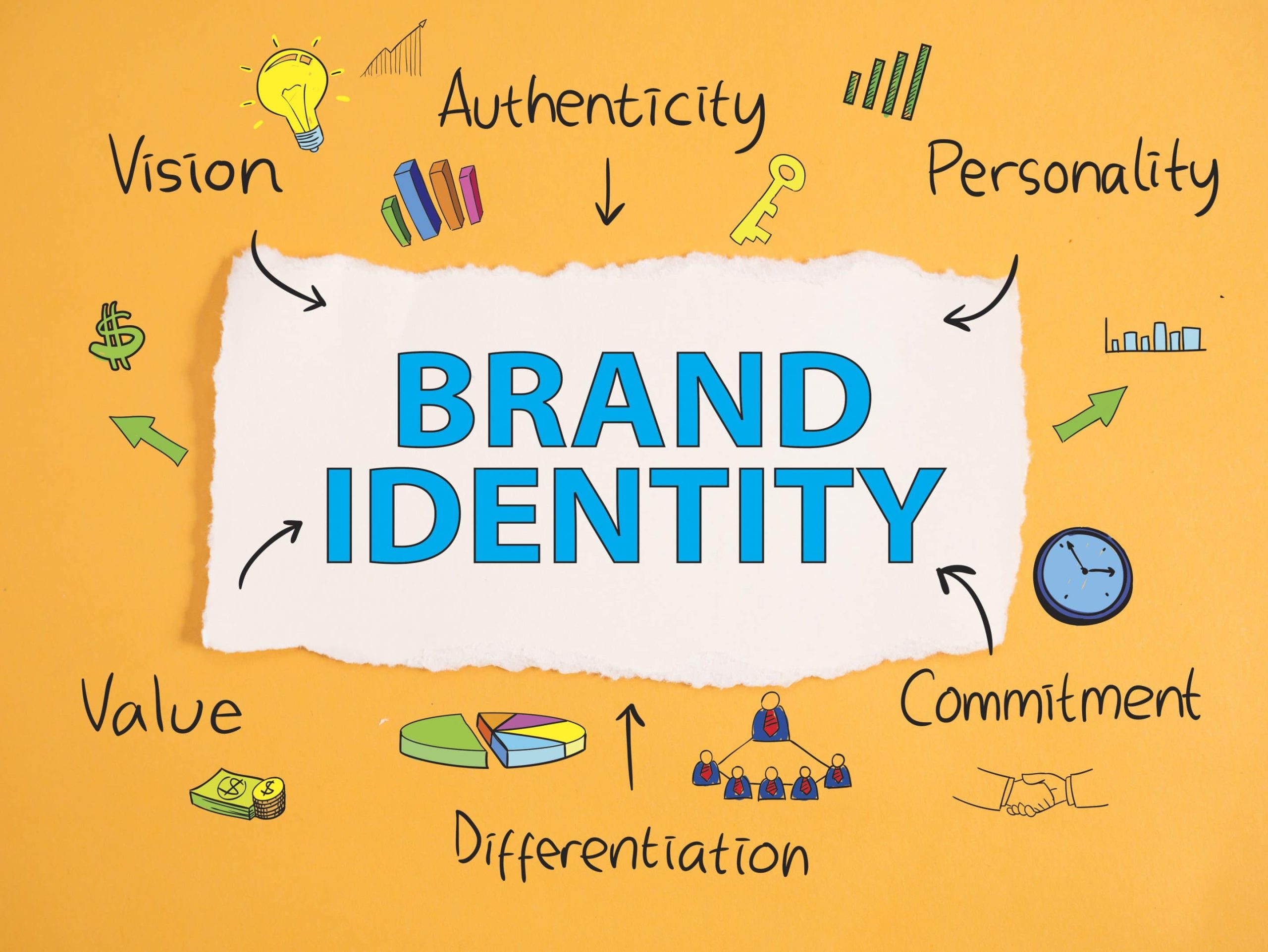
COMU3150 Social Media Communication – Assignment 1 by Joseph Himawan Asiku
COMU3150 Social Media Communication – Assignment 1 (Create)
By: Joseph Himawan Asiku
TikTok Video Link: https://www.tiktok.com/@hpesojjoseph932/video/7133174469614439682?is_from_webapp=1&sender_device=pc&web_id=7133172871106545153
Introduction
This paper is first assignment of COMU3150 course that requires the writer to experience creating a social media content for thought leadership. Here, the writer is planning the strategy for a 3-minutes video based on one theoretical theme from the course as part of “A Fresh Take” campaign with budget of $100 per platform boost for UQ marketing team. The theoretical theme/topic chosen for the video is “Self-Branding” which is about deliberately/purposively building a meta-narrative and meta-image of self using cultural meanings and images extracted from mainstream culture narrative and visual codes (Hearn, 2008). Self-branding is when a brand/company invented their own narrative and branded personae (personality/identity) for their products, services, or even media (e.g., American Idol) to attract more people to consume them (Hearn, 2008).
One concept related to self-branding is “Brand Identity” or the brand image planned for the entire marketing activities of a company (Ianeko, Stepanov & Mironova, 2020). A helpful way to understand the concept of brand identity that relates to self-branding is by imagining a prism which consists of six elements namely physique, personality, relationship, culture, reflection, and self-image (Kapferer, 1992). The aforementioned topic of self-branding acts as an element and form/type of the bigger “Promotional Culture” or the saturation of culture through a promotional medium (e.g., social media) that encompasses almost everything in our world (Wernick, 1991). Self-branding plays key role in promotional culture goal of influencing our society through branded cultures promoted by their marketing activities. The video will be spread through TikTok thus applying promotional culture in practice.
Objectives
The objectives of the video are going to follow the SMART criteria which means objectives that are Specific, Measurable, Attainable, Relevant, and Time-Based (Doran, 1981). The three main objectives are listed below:
1. To generate awareness about self-branding amongst future/potential UQ students by offering a fresh take or thought leadership on it, specifically reaching sizable audience in the form of gaining 500 views within a week.
2. To affect the acceptance of future/potential UQ students on the presented topic and message about self-branding, specifically to persuade them to learn more about the topic and consider the perspective presented on the video in the form of 25 likes within a week.
3. To incite specific actions from the future/potential UQ students, specifically for them to engage in a conversation/discussion about self-branding through the comment section in the form of 5 comments within a week.
Target Audience
The target audience of the video are future/potential UQ students and Queenslanders that use TikTok which consist of teenagers and young adults with age ranging from 16-24 years old interested and not interested in self-branding. That specific demographic range is chosen because they are the biggest demographic group of TikTok users and are also the ones using TikTok the most (Statista, 2022).
Tactic
In order to successfully achieve the objectives, the video content will explain aspects within self-branding from various sources along with an example of its real-life application. The video will be a 3-minutes short TikTok video with accompanying visuals available on TikTok to better communicate the message. The video will include some relevant pictures (gifs and non-gifs) as background to serve as supportive evidence/examples for the points made in the video. The video utilizes hashtags like #selfbranding, #branding, and #brandidentity to allow interested people to easily search/find the video and get it recommended to people who have searched the hashtags widening the audience range.
Goal
The goal of the TikTok video is to encourage future/potential students to come study at UQ to learn to think critically about thought influencer culture by informing them of the concept of self-branding and make them recognize its practices around them as well as understand its influences on them.
Evaluation Metrics
Metrics of the video that will be evaluated later to determine the quality and success of the project are engagement metrics like the number of views, likes, and comments that show audience engagement with the content that the video will get (Johnston & Rowney, 2018). After a week of being posted, the numbers of engagement the video acquires will be assessed through TikTok analytic tools. The number of views, likes, and comments that the video gets will be measured against both UQ account engagement metrics on TikTok and the objectives (500 views, 25 likes, and 5 comments) to evaluate the video performance. Other kinds of metrics like number of followers are not evaluated.
References
Ceci, L. (2022, May 13). “TikTok: Distribution of Global Audiences 2022, by age and gender”. Statista. https://www.statista.com/statistics/1299771/tiktok-global-user-age-distribution/
Doran, G. T. (1981). There’s a S.M.A.R.T. Way to Write Management’s Goals and Objectives. Management Review 70(11), 35-36. https://community.mis.temple.edu/mis0855002fall2015files/201510/S.M.A.R.T-Way-Management-Review.pdf
Hearn, A. (2008). ‘Meat, Mask, Burden’ – Probing the contours of the branded ‘self’. Journal of Consumer Culture, 8(2), 197-217. https://doi.org/10.1177.1469540508090086
Ianenko, M., Stepanov, M., & Mironova, L. (2020). Brand Identity Development. E3S Web of Conferences, 164(3), 1-7. https://doi.org/10.1051/e3sconf/202016409015
Johnston, J., & Rowney, K. (2018). Audiences, analytics and measuring outcomes. In Johnston, J., & Rowney, K (Eds.), Media Strategies managing content, platforms and relationships (pp.104-131). Routledge.
Kapferer, J. N. (1992). The New Strategic Brand Management. Kogan Page.
Wernick, A. (1991). Promotional Culture: Advertising, Ideology and Symbolic Expression. Sage Publications Ltd.
